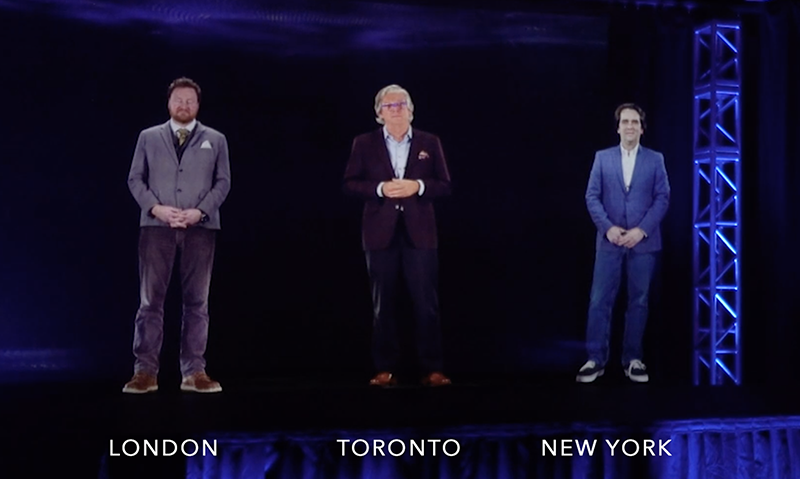Holographic Transport System
The HOLOGRAPHIC TRANSPORT SYSTEM
The holographic transport system represents a groundbreaking advancement in transportation technology that revolutionizes the way people and goods are moved across various distances. Combining the principles of holography, advanced imaging, and cutting-edge engineering, this system offers an immersive and efficient means of transportation.
At its core, the holographic transport system relies on the generation and manipulation of holographic projections. These projections are created using sophisticated optical technologies that generate highly realistic, three-dimensional representations of objects and environments. By harnessing these holographic projections, the system can transmit individuals or objects instantaneously to their desired destinations.
The system is comprised of two main components: the Holographic Transmission Units (HTUs) and the Holographic Receiving Stations (HRSs). HTUs are strategically placed throughout designated transportation hubs, urban centers, and even private residences. They function as the departure points for travelers or the dispatch points for cargo. HRSs, on the other hand, are situated at the intended destinations, providing the reception and reassembly of transmitted individuals or objects.
Using the holographic transport system is a seamless experience. When a user wishes to be transported, they step into an HTU and provide their destination details. The system then scans and captures their entire physical structure, encoding it into a highly detailed holographic projection. Simultaneously, the HTU performs a real-time analysis of the destination, mapping out the environment and ensuring a safe and accurate transmission.
Once the scanning and analysis are complete, the holographic projection of the user or object is transmitted via a secure data network to the corresponding HRS at the destination. The HRS receives the holographic projection and meticulously reconstructs the physical form of the user or object, ensuring a seamless transition back into the tangible world.
This holographic transport system offers numerous benefits. Firstly, it dramatically reduces travel time, as the transmission process is nearly instantaneous. It eliminates the need for conventional transportation methods like airplanes, trains, or automobiles, bypassing traffic congestion and the limitations of physical infrastructure. Moreover, the system reduces carbon emissions by minimizing the reliance on fossil fuel-based transportation methods.
Furthermore, the holographic transport system provides unparalleled accessibility and convenience. It enables individuals to travel to distant locations without the need for physical presence, making long-distance meetings, family reunions, or global exploration effortless. Additionally, it opens up new possibilities for industries such as logistics and supply chain management, offering swift and efficient delivery of goods worldwide.
The holographic transport system represents a significant leap forward in transportation technology, transforming the way people and goods move across the globe. With its ability to transmit individuals and objects instantaneously while providing a seamless and immersive experience, this system has the potential to redefine the future of transportation and shape a new era of connectivity and efficiency.

